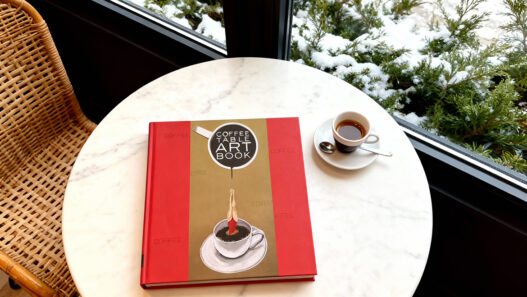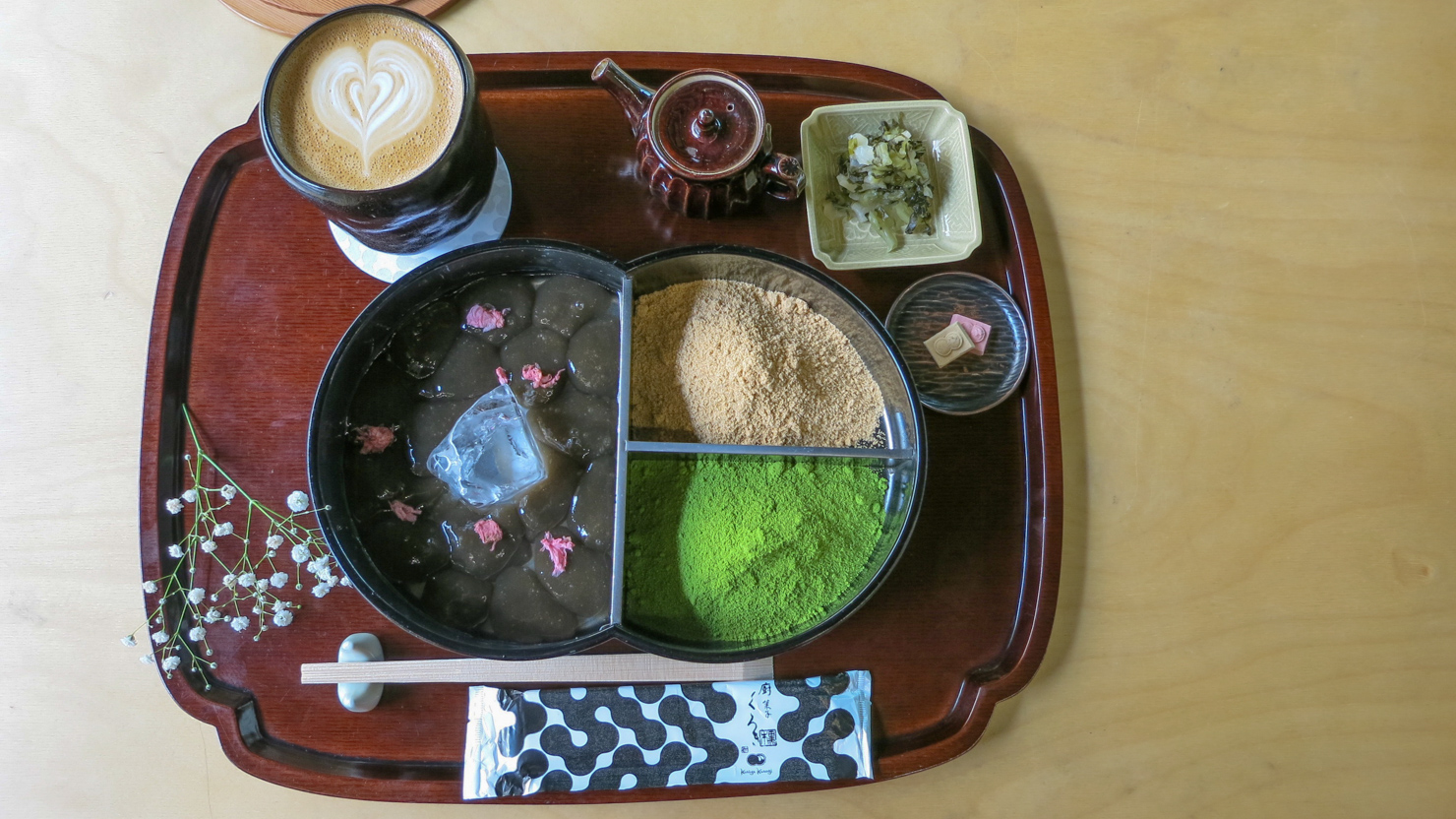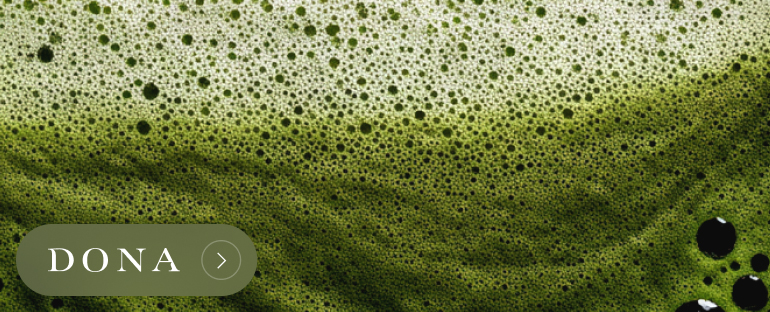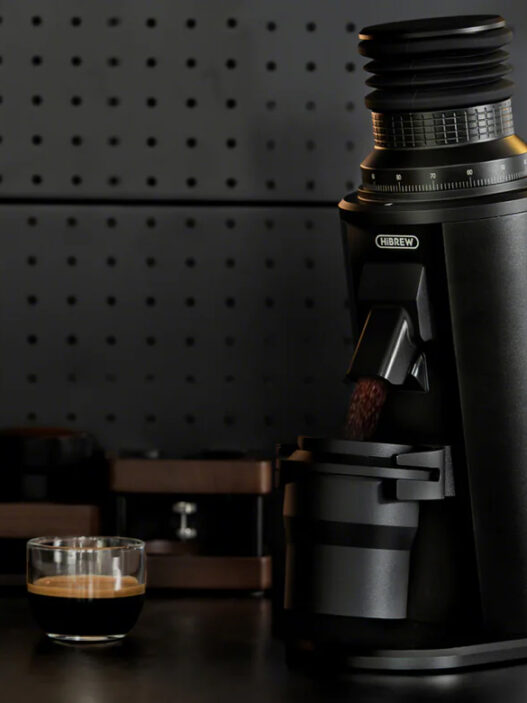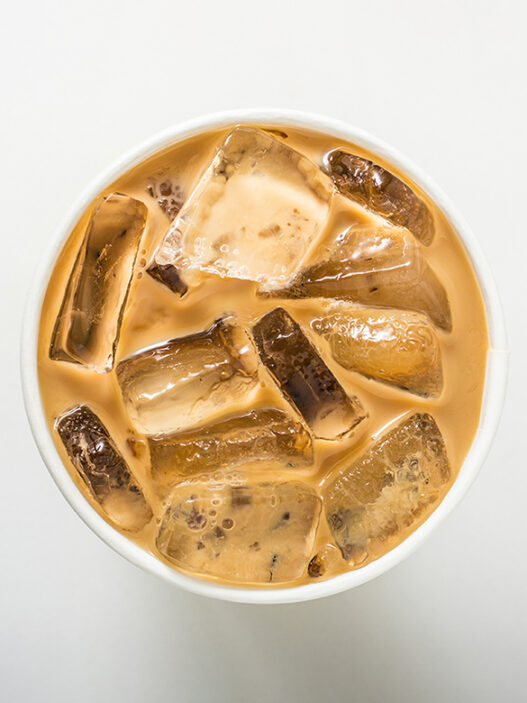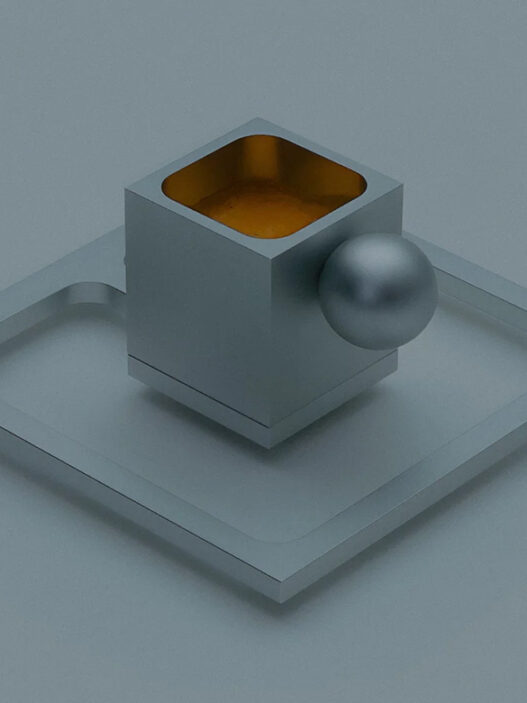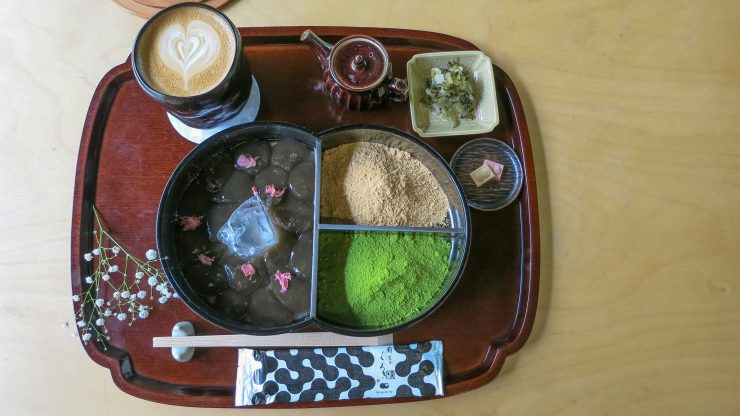
As I sat in the quiet tranquility of Kuriya Kurogi, I thought of wagashi, the traditional Japanese confectionary. Known as the art of the five senses, each wagashi enchants the eyes. Each name echoes with a sense of the seasons. Each subtle aroma teases at flavor, and each dish is a marriage of texture and taste. The wagashi experience is one honed over centuries—evolving with the introduction of ingredients from abroad, and developed around a love of green tea.
These simple, beautiful designs highlight the fleeting turn of seasons, and showcase the unique ingredients at play—ingredients like mochi, red bean paste, sweet potatoes, kinako soybean powder, kuromitsu brown sugar syrup, and wasanbon sugar.
But as I learned more about wagashi, I wondered why I never saw it with coffee. I wondered if anyone had tried that—meshing the traditional with the contemporary; the domestic with the international. I wondered: could the art of the five senses find harmony with coffee?
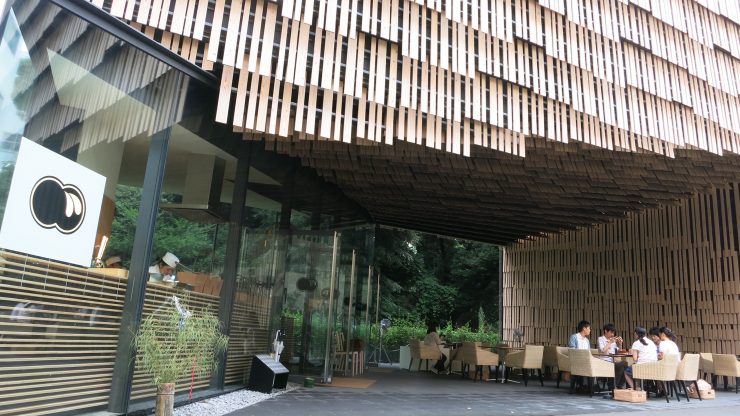
This train of thought brought me to Kuriya Kurogi—Jun Kurogi’s second outing in Tokyo. A name synonymous with quality, the original Kurogi restaurant is famed for its seasonal washoku (Japanese cuisine) course menu. So it was something of a surprise when Kuriya Kurogi was revealed as a wagashi cafe.
Perhaps more surprising still, was that the desserts were paired with coffee.
And so, surrounded by angled timber slats and peaceful greenery, I sat outside with Kurogi’s Project Manager Takashi Moritou. Dressed in pristine whites—complete with hat and tie—he leaned back in his chair, and told me that it all came down to two things: freshness, and quality.
“Most wagashiya make their sweets and leave them in beautiful display cases for customers to buy,” he said. “But here, we make each dish to order. We want people to experience real wagashi. That freshly made, live experience is our key concept.”
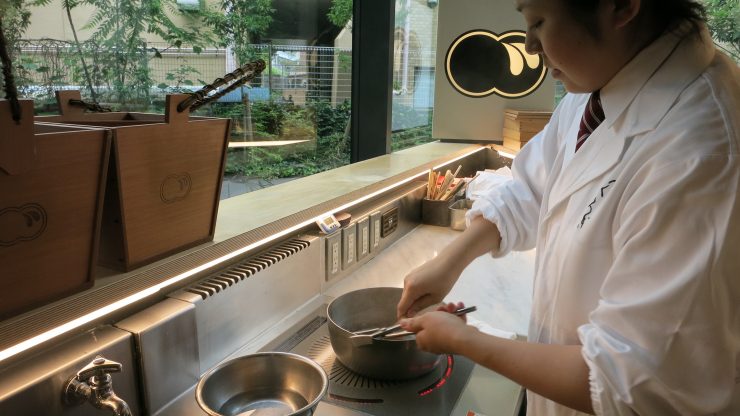
But I wondered: why coffee? Moritou said it was about perception—wagashi are traditionally served with tea, and tea plays headliner. Putting the focus on wagashi meant changing the accompanying beverage—a change from green tea culture to something more contemporary. For Kurogi, coffee sang the right tunes. It felt like the right back-up band for the new headliner.
“It’s most common to think of coffee as something that goes with cake,” continued Moritou. “We think of sugar and whipped cream as right for bitter coffee. But with wagashi, it’s about a smooth, delicate sweetness. We needed a coffee to match that unique taste. In our case, we weren’t developing a dessert for a coffee; our challenge was to find a coffee for our wagashi.”
Enter Sarutahiko Coffee, and Tomoyuki Otsuka. Brought on board after trying their desserts, Otsuka helped Kurogi to refine and develop the particular taste they sought. The resulting blend was named Kinu-shizuku—a reflection on its silk-like qualities, prepared as both medium and dark roasts.
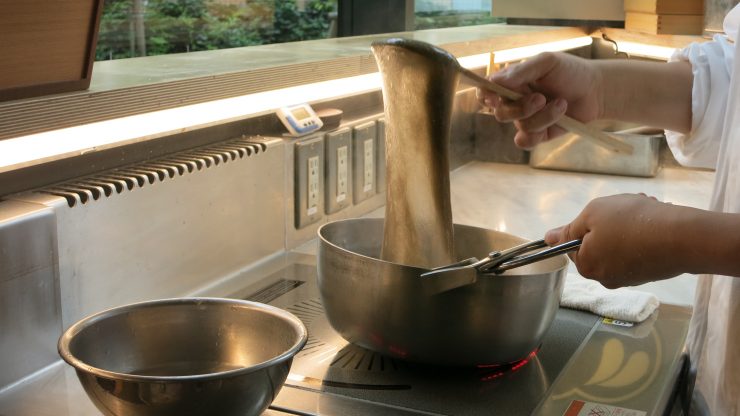
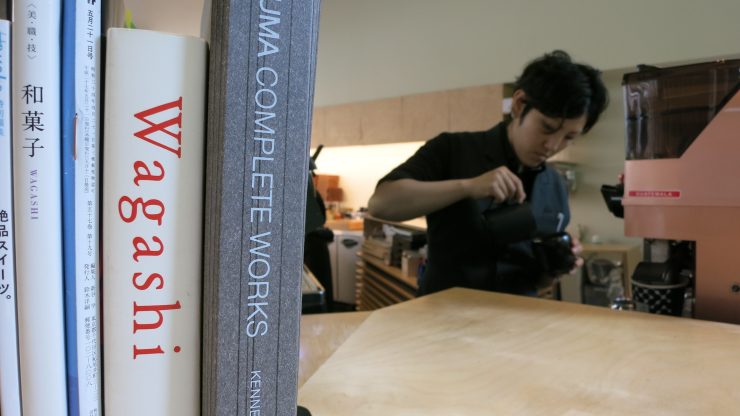
Moritou talked me through the menu—ranging from noodle-like kuzu-kiri and salted ice cream to the popular shaved ice kakigori—and invited me to watch the process firsthand. Behind the counter, a dish of warabimochi—a jelly-like confection made from bracken starch—was being prepared.
I watched heated water and grey powder thicken into viscous jelly. I watched it stirred, stretched, and flavored with a dash of brown sugar syrup. I watched it placed in ice water, and then broken into smaller pieces to be delicately placed around a block of ice.
Meanwhile, as the wagashi tray circled towards the back counter, a Sarutahiko Coffee barista waited, preparing an espresso shot and steaming milk. She moved with a steady, relaxed hand, and into a handcrafted cup she poured a simple latte heart.
There was something of a well-practiced grace to the process. Though perhaps ordinary, everyday actions separately, together they felt a part of a dance—with a unique time, rhythm, and beat. It brought to mind the name of the shop, Kuriya—a tribute to the craftsman, his craft, and the quality of his work.
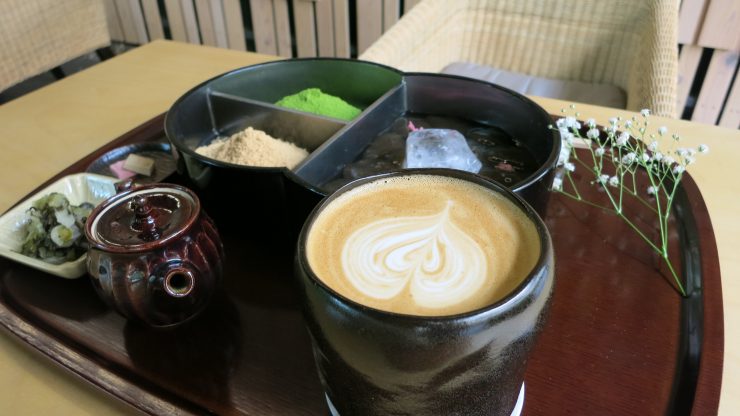
The finished result was beautiful: darkened mochi, garnished with salted cherry blossoms, huddled around a block of ice, highlighted by contrasting hills of yellow kinako and green matcha powder. On the outskirts of the tray, a heart-shaped latte, two tiny blocks of wasanbon sugar, and a gentle, seasonal flower.
These were at once flavors I recognized as uniquely Japanese. The soft, chewy mochi mixed with a light powder crunch before dissolving into subtle flavors of kinako, matcha, and kuromitsu. The coffee delivered a touch of warmth, and a smooth bitterness that brought with it a sense of balance. A sense of harmony.
Having watched the process, I was surprised at the simplicity of it all. And yet, I was at the same time surprised by the level of care in the preparation—a reminder that wagashi is, through subtle blends of sight, smell, hearing, taste, and touch, an attempt to bring a sweetness to the seasons themselves.
And it’s fascinating to know that in that experience, and that quiet moment, there is also space for a matching coffee.
Hengtee Lim (@Hent03) is a Sprudge.com staff writer based in Tokyo. Read more Hengtee Lim on Sprudge.




